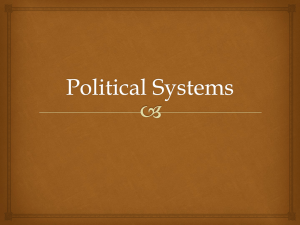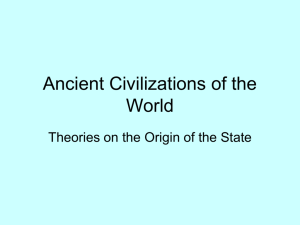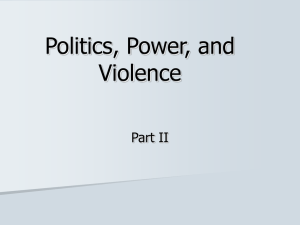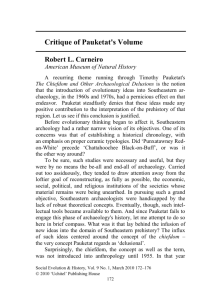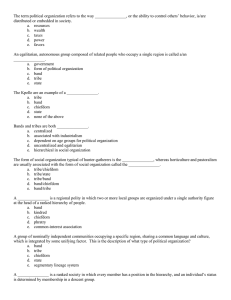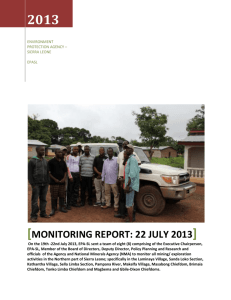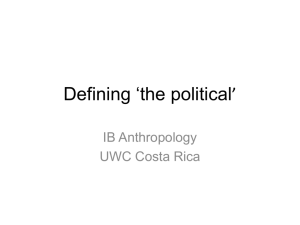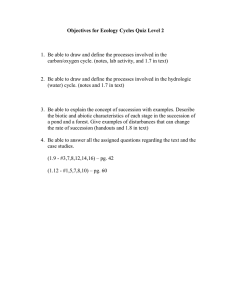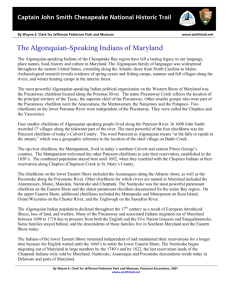Celtic Democracy
advertisement
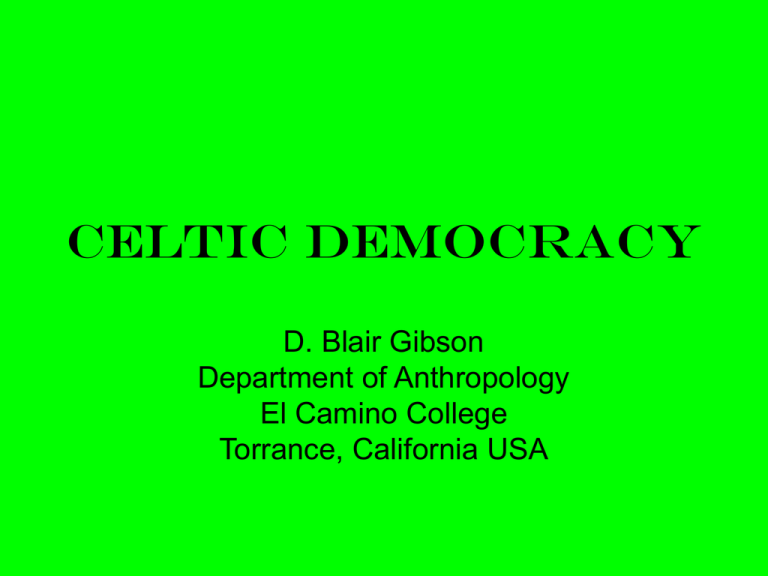
Celtic Democracy D. Blair Gibson Department of Anthropology El Camino College Torrance, California USA “….to put the eldest of a kin in the headship of that kin, and to put the person who possesses most clients and power, if he is as noble as his elder, in the sovereignty or lordship.” (Dubhaltach mac Firbhisigh, in Simms 1987:48-49) Inspired by Heider 1991 Alliance (braithirse) Chiefdom Confederacy Composite Chiefdom (e.g. (mór túath e.g. Corcu MoDruad) Simple Chiefdom (túath) Chiefdom Confederacy (e.g. Dál Cais) Composite Chiefdom Simple chiefdom Composite Chiefdom (16th cent.) Simple Chiefdom, 8th/9th century Éoganachta chiefdom confederacy Potential Iron Age chiefdom confederacies of Northern Munster “Cennedíg left the assembly, for he did not consider it an honorable or proper thing that the kingship should be assigned away from himself to another man. And moreover, he did not consider it an honorable thing that his brotherhood (bhrathairsi) should be broken.” (Brugge 1905: 60). • “The Gael then,,,,desired by election of one high king (to whom they should all submit) to be freed from this iniquity of the English…(O’Grady 1929: 2) • Assembly of the men of Clann Chuiléin. Having thus disastrously suffered loss of their good lord and noble chief, promptly and judiciously they gather to elect a head. (O’Grady 1929:12) “Cúmheadha Mór Mac Conmara being thus dead, and at his chief’s side buried in Clonroad, the oirechta assembled to give their adhesion to Donnchad, his good son: a course to which they were already resolved before Cúmheadha’s last breath was drawn…What wonder then, I say, though in that judicious conclave a member of such noble parts were chosen by acclaim? And the author celebrating his election…” (O’Grady 1929:34-35) “A non-kinsman does not take possession to the detriment of a kinsman. For to every mighty person belongs the reward of his worth. One sits around the ‘cauldron of worth’ and one only sits around the hearth of a bóaire for the three nights that the túath and the cenal together with their lawful attendance deem proper. The chief of every kin is he who sustains them by virtue of worth/wealth and morality. (Simms 1998:35-36) “Whom the túatha elected for his personal endowments: his own kin,for his brotherly affection; his poets, for his qualifications in liberality; his mercenaries, for his marital enterprise;….” (O’Grady 1929:43) Succession to Leadership in Non-Industrial Societies • Monarchical – succession is limited to the core members of a royal family and narrowly follows prescribed rules of succession, e.g. primogeniture. • Aristocratic – successor is chosen by a conclave of powerful aristocrats, usually selected from a “royal” lineage, but not limited to the immediate descendants of deceased leader. Example: Aztecs, Early Medieval Irish. • Democratic – both aristocrats and non-aristocrats participate in the choice of a leader. Leader is typically an aristocrat. Example – 5th century BC Athens, republican Rome, modern Samoa. A Marquesan warrior (toa) with trophy skull Methods of removing underperforming chieftains - from the Annals of Ulster 605-825 AD • “The slaying of Brandub…by his own kindred in treachery. 5 • “Tarachin was expelled from the kingship” 5 • “Cernach…is treacherously killed by his own criminal adherents…” • “Eochaid…..was killed by his associates.” 2 • Fergus….died from the venomous spittles of wicked people. • The strangling of Conaing…. The killing of Motecuzoma II Four Hypothetical correlates with more democratic forms of succession Feudal Political Economy High Levels of Political Violence Historical Tradition of Democracy Degree of Involvement of Commoners in Military Actions
